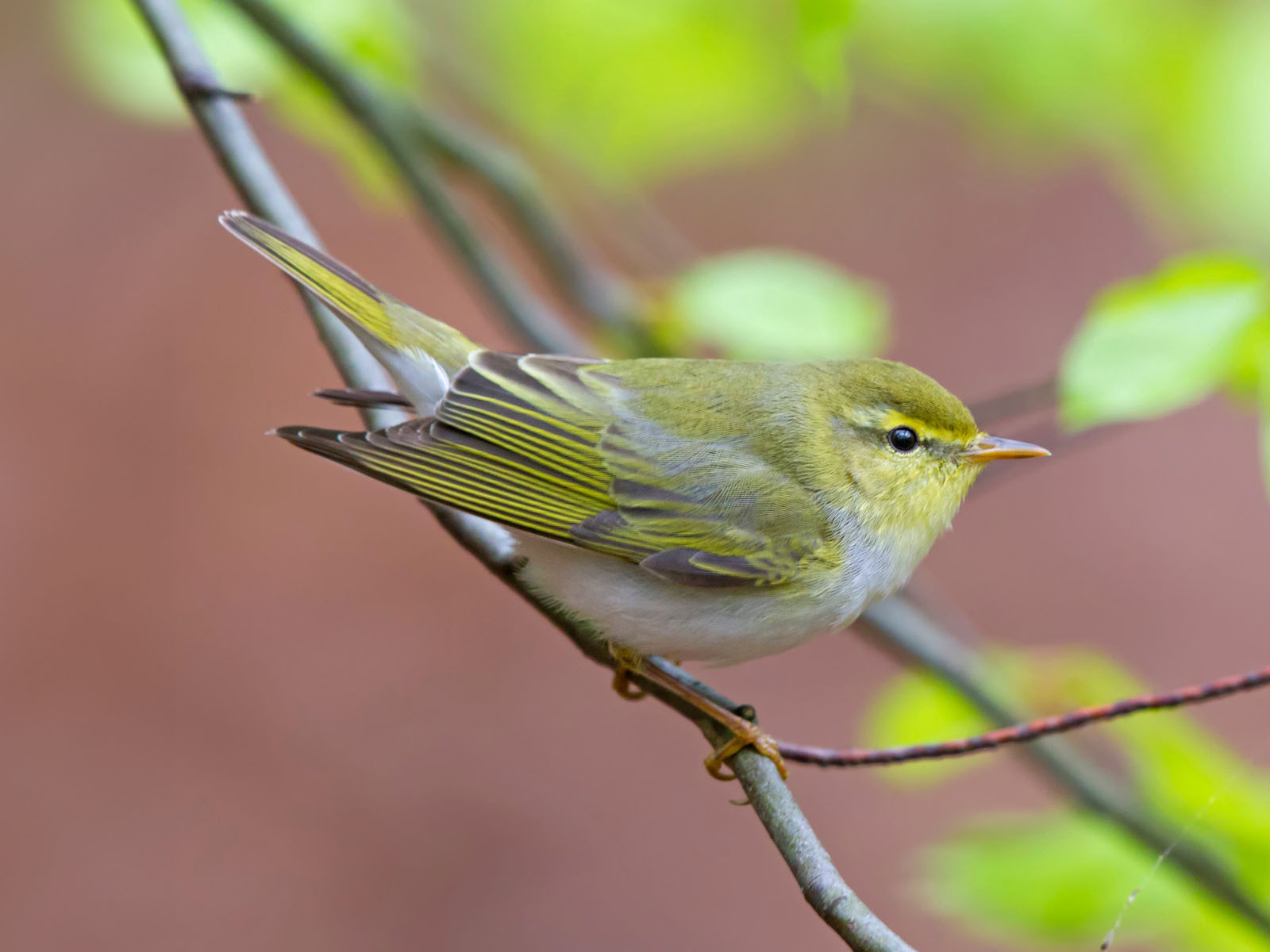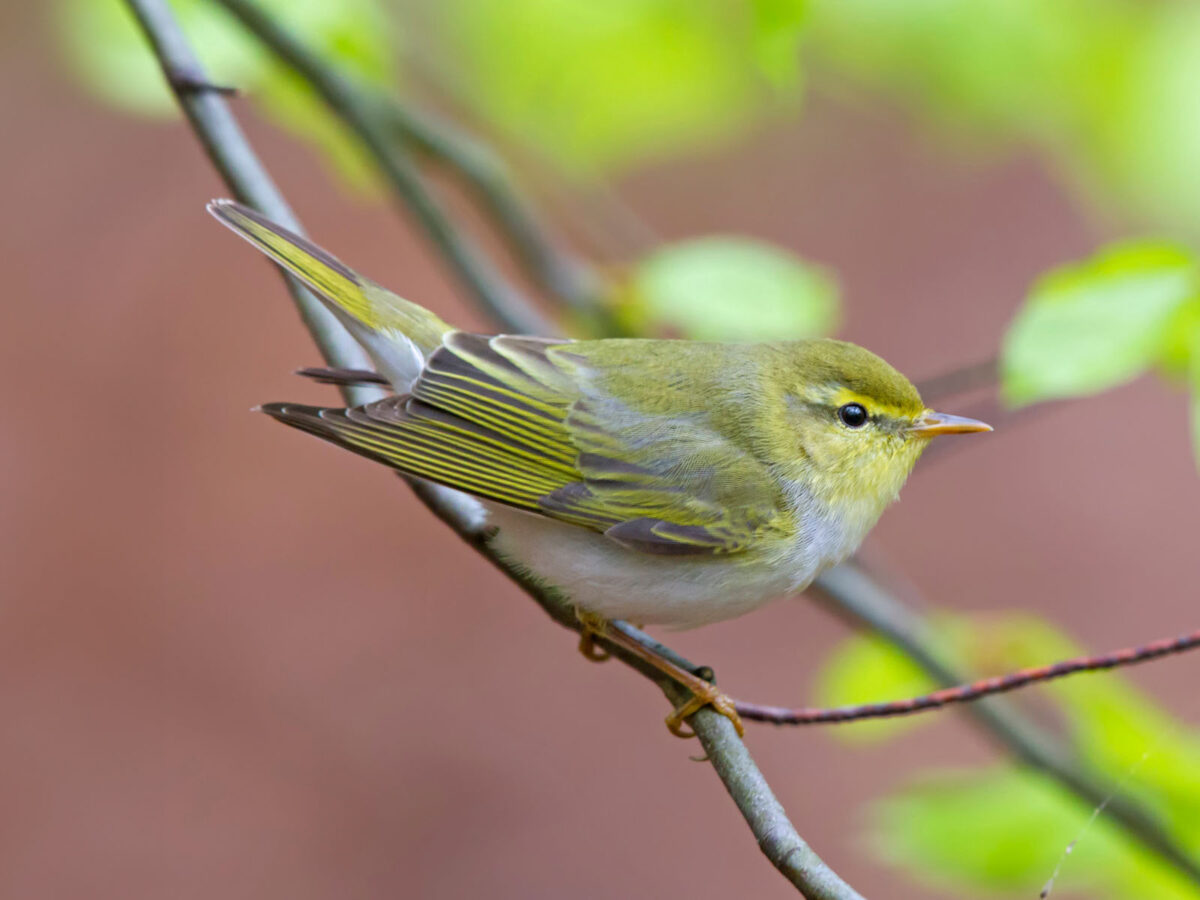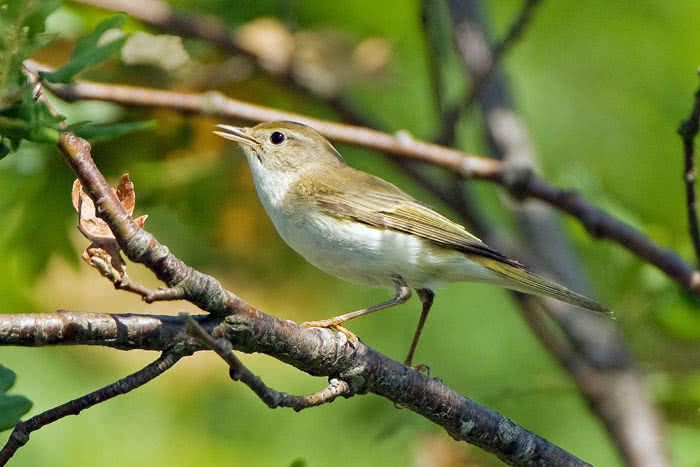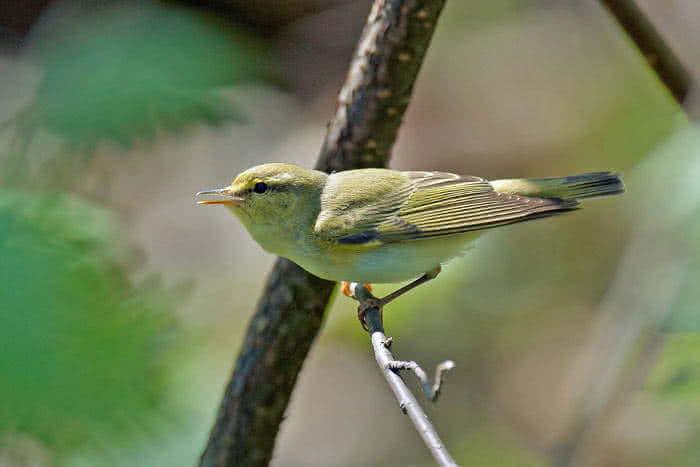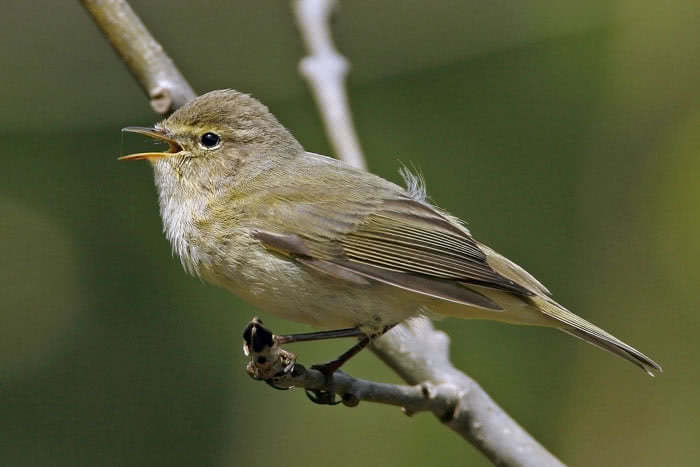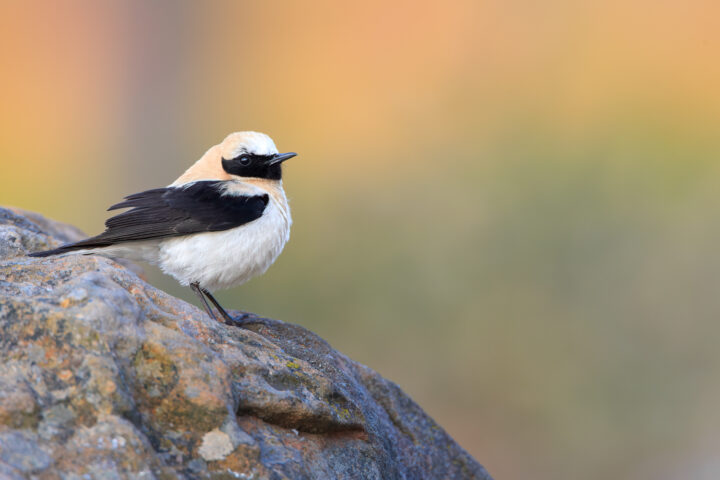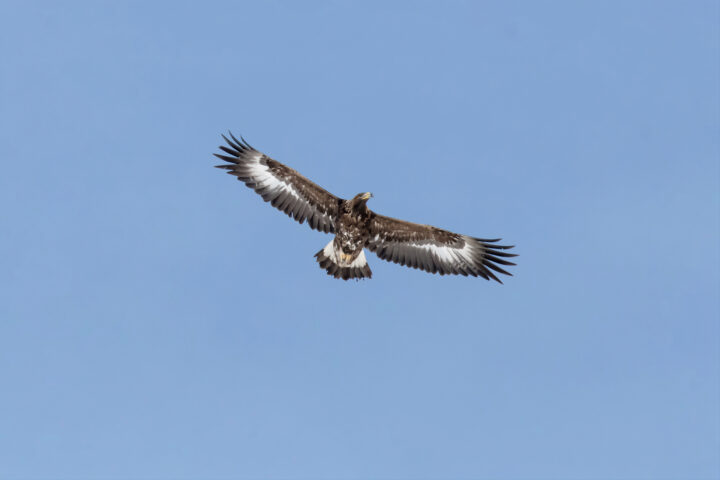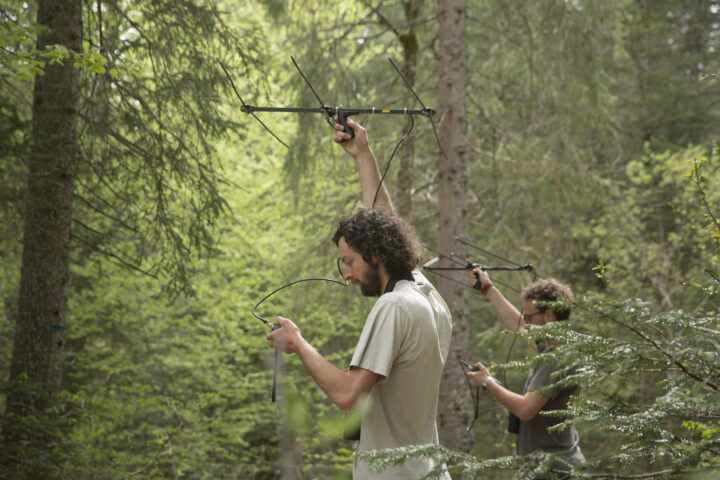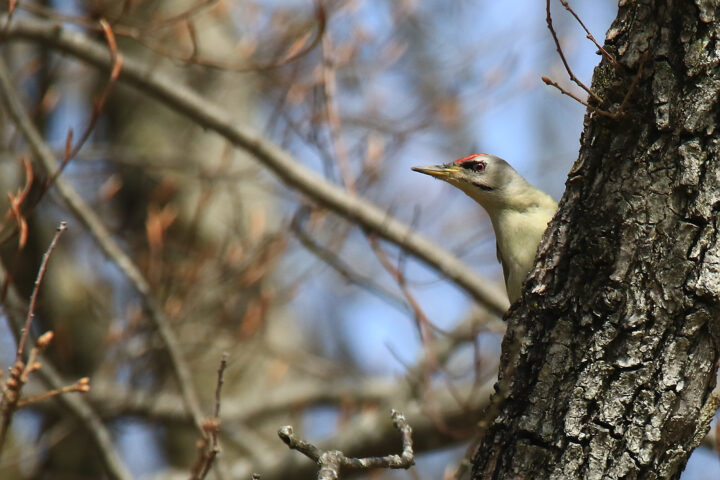Wood warblers live in mid-aged to old mixed deciduous forests. In irregular intervals, trees in these forests produce massive amounts of seeds, and these resource pulses influence many animal species. The research project examines the interactions between ground-nesting birds such as the wood warbler, forest rodents (mice), their predators and other environmental factors. The projects aims at understanding the reasons for the strong annual population fluctuations of this species, which is red-listed in Switzerland and in other parts of Europe.
Settlement behaviour, nest predation and population fluctuations in an unpredictable environment
Details
Project objectives
The project aims at understanding the interactions between wood warblers, forest rodents (mice), predators and the availability of tree seeds such as beech nuts and acorns. Years with massive seed production increase density of forest rodents in the next spring, which benefits their predators. The latter in turn affect reproductive success of ground-nesting bird species. We examine settlement behaviour, reproduction, and population dynamics of the wood warbler in relation to seed masts, forest structures and social factors in Switzerland and in other European countries.
Methodology
The study primarily takes place in forests of the Jura mountains. Additional topics have been addressed in forests close to Marburg, Germany, and in the primeval forest of Białowieża National Park, Poland. Key elements of the field methods include the monitoring of territories and (ringed) individuals, the use of trail cameras to monitor nests, recording of habitat characteristics and rodent density (primarily Apodemus and Myodes species). Further methodological details are available in the publications (see below).
Significance
The wood warbler is red-listed in Switzerland since 2010 (“vulnerable, VU”). In addition, the species is one of 50 national priority species of the Swiss species recovery programme for birds, which the Swiss Ornithological Institute and BirdLife Switzerland are carrying out with support of the Federal Office for the Environment FOEN. Causes for the declines observed in many parts of western Europe are unknown. In a dedicated species recovery project, we aim at improving habitats for the wood warbler with targeted forestry measures.
Results
We found evidence for within-season nomadism in addition to the known between year nomadism. Settlement is related to social factors (conspecific presence, pairing status) and habitat quality, but apparently not to the density of forest rodents or predators. In years after a seed mast, nest survival and number of fledglings are significantly lower than in other years. Due to the increasing frequency of seed masts in some tree species across Europe, breeding conditions conducive to high reproductive success are becoming rare, which partly explains the negative population trends observed.
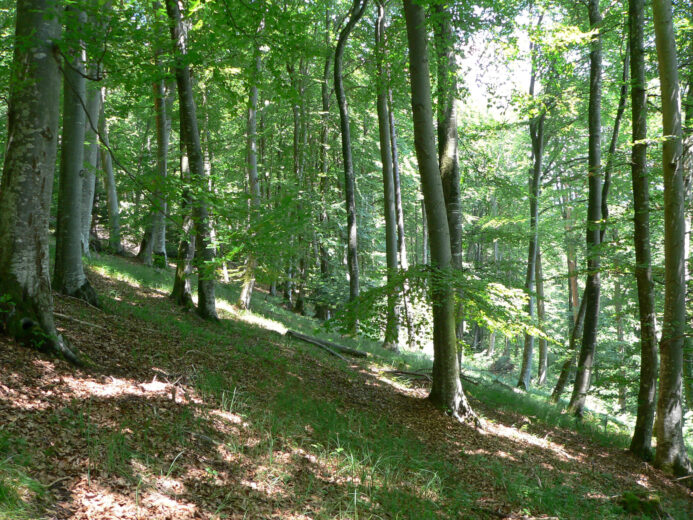
Forests with an open stem space in the lower tree strata, little ground vegetation and shrubs as well as a relatively closed canopy are preferred by the wood warbler.
Further information
Apart from the wood warbler, we have examined reproductive success of Bonelli’s warbler and chiffchaff in some years. Both species nest on the ground in the same habitat as wood warblers do and are thus exposed to the same ecological conditions and nest predators. Comparing the three ecologically similar and related leaf warblers may help understanding the role of species-specific adaptations regarding nest site selection and reproductive success.
Project partner(s)
- Nina Farwig, Conservation Ecology, Universität Marburg
- Christian Ginzler, Eidg. Forschungsanstalt für Wald, Schnee und Landschaft WSL
- Grzegorz Neubauer, Uniwersytet Wrocławski, Polen
- Michael Riess und Pablo Stelbrink, Bioplan, Marburg
- Malcolm Burgess, RSPB, Centre for Conservation Science, Sandy, Bedfordshire, UK
- Marta Maziarz, Polish Academy of Sciences, Warsaw, PL
- John W. Mallord, RSPB, Centre for Conservation Science, Sandy, Bedfordshire, UK
Publications
https://doi.org/10.1111/1365-2656.13844
https://doi.org/10.1002/ecy.4227
https://doi.org/10.1111/jav.03033
https://doi.org/10.1002/ece3.9411
https://doi.org/10.1007/s10336-019-01644-z
https://doi.org/10.1111/ibi.12679
https://doi.org/10.1111/eth.12879
https://doi.org/10.1093/beheco/arw144
https://doi.org/10.1007/s10980-016-0370-1
https://doi.org/10.1186/s12898-016-0078-8
https://doi.org/10.1371/journal.pone.0130954
https://doi.org/10.3161/000164514X682896
Project team members


Trade publications
2022
Europe and the West African savannas Bruderer, B. & D. Peter, 2022
Contact: info@vogelwarte.ch
License: zenodo-freetoread-1.0
doi-Link: doi.org
Contact: bruno.bruderer@vogelwarte.ch
2021
Contact: info@vogelwarte.ch
License: zenodo-freetoread-1.0
doi-Link: doi.org
Contact: bruno.bruderer@vogelwarte.ch
Species concerned
Ecological research
We investigate the diverse interactions of birds with their environment, from individual settlement behaviour to species communities.

